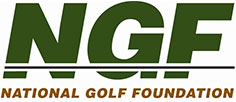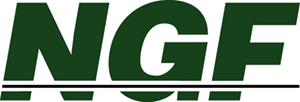The Logistics of Lighting a Golf Course
So how exactly would a facility go about lighting a golf course?
Corey Lines is the national sales manager for Qualite Sports Lighting LLC, which is the official lighting partner for Topgolf. Lines heads up Qualite’s golf division and over the years has designed a couple dozen lighting layouts for golf courses and has one currently in the planning stages. He says a ball-park cost to illuminate a nine-hole course with LED lights is about $500,000, a figure that doesn’t calculate the “underground infrastructure” such as running electric wires.
“It can take quite a few poles,” Lines says. “Just on one golf hole, like a par-4, you have at least one pole behind the tee boxes so you’re lighting the tee area and ball in flight.
“From there, it’s a uni-directional sport, unlike football. All we’re concerned with is the light going in one direction and lighting one side of the ball per se, so depending on length of hole, you might have a couple more between tee and green. When you get to each green, you want to attack that green from two sides to alleviate shadows. If you’re lighting it from just one side, you’re going to have a strong shadow. So, the number of poles really jumps up, especially to light a full, par-72, 18-hole course.”

A golfer under the lights at the Suncoastgolf Center in Sarasota, Florida. (Photo courtesy: Suncoastgolf Center)
In addition to Qualite, companies such as Musco, Cree and Ephesus have the technology and capability to provide lighting for golf facilities, whether for driving ranges, putting areas or courses themselves.
Given the popularity of alternative night golf activities like Topgolf, Lines said he anticipates the interest in lighted courses to increase – particularly with smaller courses (9-hole, par-3, executive) or perhaps the final few holes of a traditional 18-hole layout.
“The ideal location would be a smaller course, contained, so you could use common poles between the holes and strategically place them,” Lines said, noting that the southern and western states are more viable geographically because they could operate year-round.
With the advances in LED technology, the energy-saving associated with it and the cost points coming down, Michael Quijano sees an increasingly-attractive story in the lighting of golf courses — whether its a full course, a three-hole loop near the clubhouse or perhaps just the 18th hole. Quijano, who played college golf at the University of Rochester, is the director of business development for Ephesus Lighting and sees first-hand how college stadiums have used lighting as much for the fan experience as the on-field play.
“I see that translating to the golf course,” Quijano says. “It probably takes a creative discussion to see where we could take these three holes, for example, and create a whole different experience for our members or for golfers and create something unique that isn’t five hours of your day playing 18 holes. You come for a couple hours, have a good time and play a few holes.”
LED Technology
While LED lights may be slightly more expensive than metal-halide electrical lights from a pricing standpoint, the initial labor and infrastructure costs for installation are actually less and the lights themselves have a far longer lifespan, in addition to a greater energy-efficiency.
“The metal-halide that we provided in the past, the lamp source itself has a life of about 10,000 hours and that’s for a 1,000-watt light,” Lines said. “But that’s when half are out. You have to re-lamp along the way and that’s labor intensive for maintenance costs. The LED lights are rated at 50,000 hours. Some are 120,000 hours. I would call the metal-halide actually about 5,000 hours. So, the LED is going to last roughly ten times as long and you’re not going to have to be out there changing lamps.”
Lines is a member of the Illuminating Engineering Society of North America, a group responsible for writing recommended practices for “anything and everything to do with light,” he says, laughingly describing them as “lighting nerds.” He’s on the IESNA’s sports lighting committee, which issues recommendations the amount of lights and their spacing at a football stadium, for example, and says their manual does have a page for golf courses, showing suggested pole locations that would give an architect or engineer a starting point if they were interested in installing lighting.

(Photo courtesy: Qualite Sports Lighting)
“If a golf course owner was to approach me and inquire about that, the first thing I would talk about is that it’s not going to be cheap. You’re not going to get this done for $50,000,” Lines said. “It might cost you a little more and if I were in your shoes, I wouldn’t half-ass it. I would do it right if I were going to do it; Maybe not make it daylight out there, but make it playable.”
A True Differentiator
Ben Best, the owner of Suncoastgolf Center in Sarasota, Florida, installed $100,000 worth of new LED lights on his driving range and nine-hole par-3 course in 2014. The lighting system, from Cree, features about 50 poles across the 18-acre property, with stadium quality lights at the top of the range that are brighter and almost 60% larger than the athletic field-quality lights on the par-3 course.
Every green has lights from three different directions, so there’s almost never a shadow to putt through, and the course stays open until 10 p.m. The average round takes about 90 minutes, so golfers have more than enough time to tee it up after work and either before or after dinner.
“Everyone thinks it’s going to be hard to see and they’re amazed they can see so well,” says Best. “We’ve even had professional tournaments at night. The winner of our first one is now playing on the Korn-Ferry Tour and just came in here the other day.”
In addition to the practice range, the course and a disc golf course, Suncoastgolf Center has a full teaching academy with seven PGA professionals, two Trackman systems, a SAM putting lab and a custom build shop for clubs. The clubhouse is basically a double-wide trailer — “nothing fancy,” says Best, but the lights are the facility’s true differentiator, as evidenced by its tagline: “Where the sun never sets on fun.”
There are a number of variables when it comes to lighting a golf course — energy costs, usage, what a facility charges — but Ephesus’s Quijano says many people are surprised to learn how affordable LED technology is today, whether in an arena, a stadium or, even at a golf course.
“People think there’s a seven-figure dollar amount to an LED implementation,” Quijano says. “I think they’d be surprised to learn it’s in the six figures. And you can certainly light three holes and provide entertainment capability within a reasonable cost structure.
“It will be interesting to see who differentiates with features like this.”
For additional contact information for golf facility lighting, please click here.
Short Game.
"*" indicates required fields
How can we help?
NGF Membership Concierge
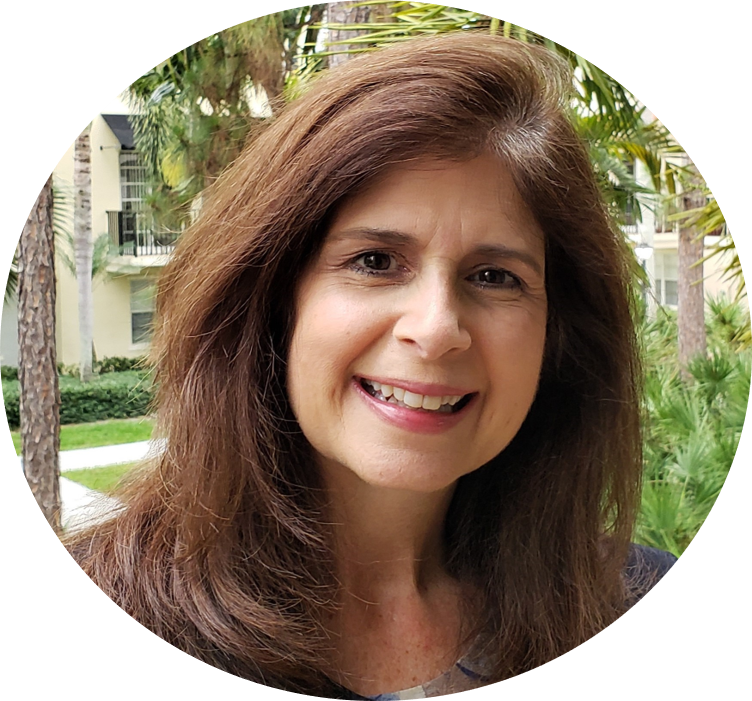
"Moe"
Learn From NGF Members
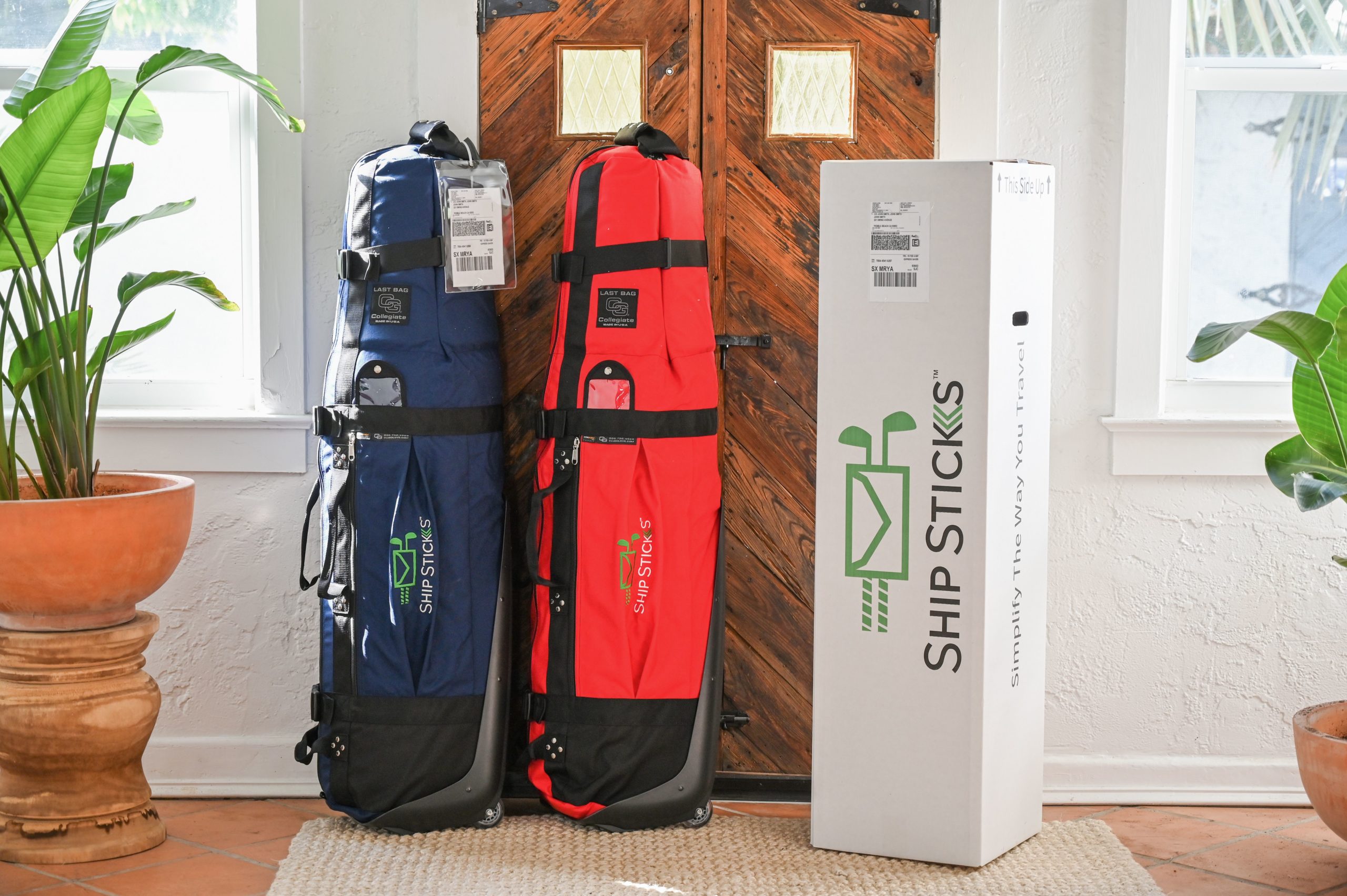 Ship Sticks Secrets to a Hassle-Free Buddies Golf Trip
Ship Sticks Secrets to a Hassle-Free Buddies Golf Trip
Whether you’re the head planner of your upcoming buddies golf trip or simply along for the ride, we’ve gathered a few easy ways to keep everyone in your group happy.
Read More...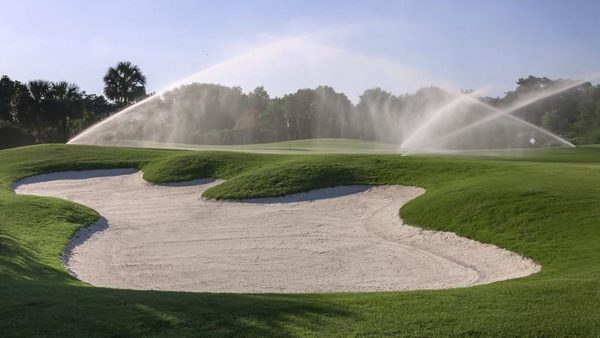 Golf Course Turf, Soil and Water Quality Diagnostic Testing
Golf Course Turf, Soil and Water Quality Diagnostic Testing
As humans, we see our primary care physician on a regular basis to proactively evaluate our vital signs. Likewise, a superintendent should perform frequent diagnostic testing on their golf course.
Read More...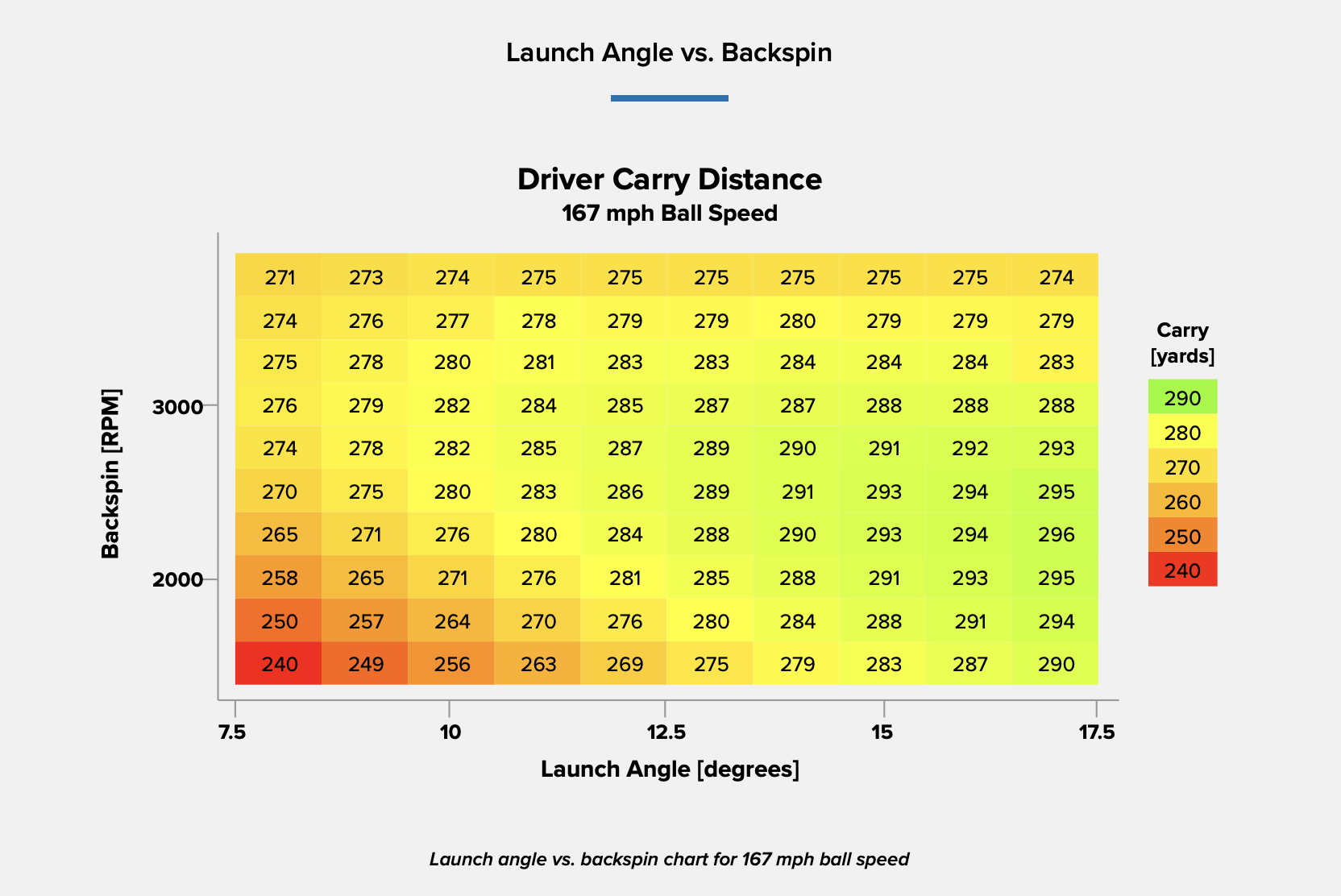 Unlocking Distance: Launch Conditions and Angle of Attack
Unlocking Distance: Launch Conditions and Angle of Attack
We’ve long known that higher launch and lower spin is a powerful combination for generating consistently long and straight tee shots. A key factor in optimizing launch conditions, one often overlooked, is ...
Read More...

